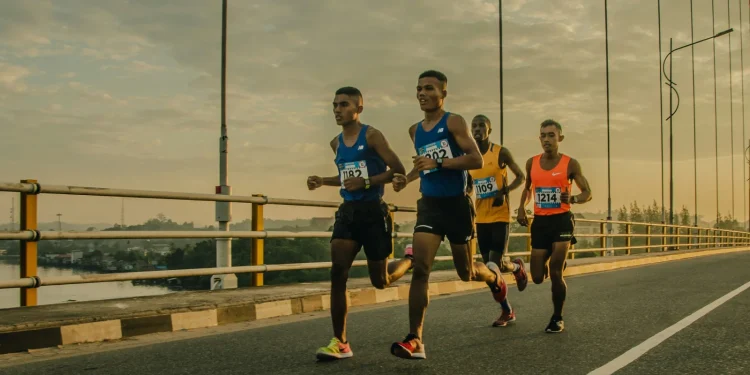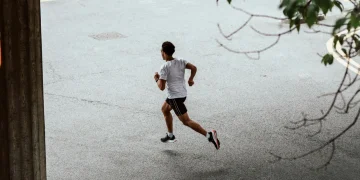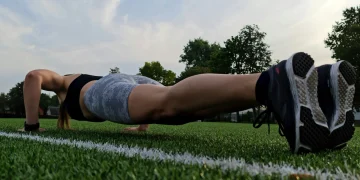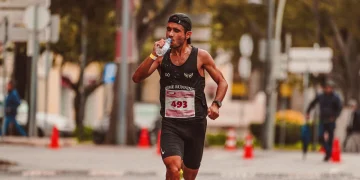Many recreational marathon runners, especially those who began running later in life (after the age of 20), often lose touch with their true maximum sprinting capability. Their training typically prioritizes mileage, aerobic-based speed sessions (lasting 3 minutes or more at a strong pace), and occasionally some mixed anaerobic/aerobic workouts involving 1 to 3-minute fast efforts. However, pure sprinting and developing peak speed are usually neglected. Even if they include strides in their routine, their assumed top speed often falls short of what they could actually achieve if they deliberately worked on this fitness component.
To genuinely reach your full sprinting potential, you need to develop certain physical qualities, many of which take several weeks or even months to build. These include:
- Functional Flexibility – The capacity to generate strong muscle contractions when the muscle is both fully shortened and fully lengthened. For instance, being able to powerfully engage your quadriceps when your heel is pulled to your glutes, and then again during the push-off phase of your stride when your leg is fully extended behind you.
- Ballistic Power – The ability to deliver a rapid, forceful push into the ground within a very brief time frame. This means producing enough force to increase your stride length while keeping ground contact time under 0.2 seconds.
- Isolated Speed – The skill of rapidly contracting specific muscle groups in targeted drills. Examples include high-knees for hip flexors, butt kicks for hamstrings, B-skips for glutes and hamstrings, and fast hops for calves.
Achieving these physical attributes also requires certain mental qualities, such as:
- Curiosity – Continuously asking yourself if you can unlock more range of motion, power, or speed.
- Persistence – Sticking with the necessary training and mobility routines long enough to see lasting changes.
- Courage – Having the willingness to use your newly developed physical abilities during longer aerobic runs, not just during sprints.
Of these, courage often poses the biggest mental barrier. Many runners hold back from developing their top-end speed out of fear – whether it’s fear of injury or fear of unfamiliar territory. This hesitation can limit their speed across all paces. While fear of injury is understandable, it’s crucial to investigate the root cause – be it muscle tightness, soreness, or localized pain and address it directly. This might involve improving self-care, seeking professional treatment, fine-tuning your running mechanics, modifying your training, or choosing softer running surfaces.
By preparing your body through improved tissue health and better movement coordination, you’ll be in a better position to face those fears with confidence. Once fear is replaced by readiness, breaking through perceived limits in speed, power, and range of motion becomes much more attainable. When these isolated gains come together, they reveal a new level of top-end speed and unlock faster race-pace running as well.






